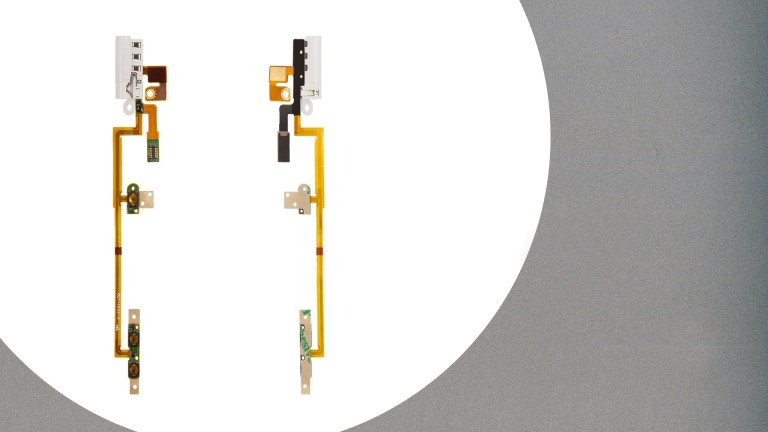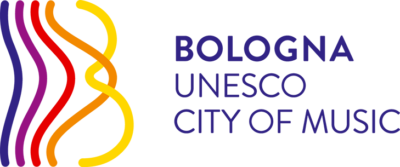From 2011 to 2020: A new generation: heterogeneous inspirations from indie to electronic and songwriting
The city found a new equilibrium and rediscovered its roots. The new generation created its space by mixing styles and breaking out from the traditional confines of dissemination and language.
In 2012, the death of Lucio Dalla shook the city, not least because that 1st March came without warning. It took place just three days before Dalla’s birthday, in a hotel in Montreux during a tour of Switzerland and after his participation at the Festival di Sanremo conducting the orchestra. Bologna realized all the more how fundamental the influence of this universally and transversally acclaimed artist had been.
A year later, in 2013, Luca Carboni celebrated thirty years of career with a great concert in the PalaDozza on 20th December. Artists, friends and collaborators sharing the stage were the Stadio, Samuele Bersani, Ron, Biagio Antonacci, Andrea Mingardi, Jovanotti, Alice and Alberto Bertoli. Together with Gianni Morandi, Carboni intoned “Piazza Grande”, dedicating it to Lucio. The collection “Fisico & politico”, presented in October, was the launching pad for a new evolution, which was to unfurl its sails still further with the subsequent album “Pop-up” and the single “Bologna è una regola”.
From jazz to beat, from punk to songwriting, from new wave to funk, from electrons to indie, collaborations, exchanges of ideas and experimentation were proliferating. Among these, electronics had an increasingly broad and primary role in the city.
In 2014, the LINK was twenty years old. Born from the experience of L’Isola nel Kantiere, of which its name is an acronym, it was a fundamental centre of artistic confluence in the history of Bologna. From the outskirts in Via Fioravanti to the premises just outside the town in Via Fantoni, it hosted laboratories, installations, concerts, festivals and workshops, ranging from music to theatre and the visual arts, contributing to the assimilation by the Bolognese scene of the various styles belonging to electronic music.
The underground movement is more than ever alive in Bologna. The musical map of the city is made up of cellars, arcades, eating rooms, social organizations and meeting places: points of reference that have evolved over the years while at the same time remaining themselves from generation to generation.
Many emerging bands were born on the school benches and depend above all on live music, from school concerts to festivals and city events. In a city where everybody, sooner or later, meets everybody else and mingles with them, this has been the story, for example, of Cesare Cremonini’s Senza Filtro (which later became the Lùnapop) or of the Altre di B, from the Liceo Sabin.
The University attracts students from other cities and regions, the so-called fuorisede (outsiders). These young people live in a city with different shades of meaning, such as those of Federico Cimini, of the Cut or of Bologna Violenta, all contributing to its mix of stylistic, compositional and cultural influences.
Edoardo D'Erme, whose stage name is Calcutta, is Bolognese only by adoption, but for him the city is “a corner of peace, a quiet place where you feel good”. In 2015, he published his second album, “Mainstream”. This disc, thanks to songs such as “Gaetano”, “Cosa mi manchi a fare” and “Oroscopo”, became the symbol of a new generation of songwriters who left the indie niche to reach the charts and fill clubs and buildings. He established himself as an author for artists such as Carboni, Elisa, Jovanotti, Francesca Michielin, J-Ax and Tiromancino.
The emerging songwriter from Novara, Giorgio Poi, declared to Radio Città del Capo on his arrival beneath the Two Towers that “Bologna is the perfect place in which to live”. There coexists here the diversity that has enabled heterogeneous styles to find their own identity and autonomy, while at the same time exploring extraneous influences.
Lo Stato Sociale was born at Radio Fujiko. Their self-produced EP “Welfare pop” of 2010 was followed by "Turisti della democrazia" and "L'Italia peggiore". The group swiftly reached the stage of Sanremo and came second with “Una vita in vacanza” in 2018.
Their path is marked with increasing recognition and transversal commitments, including the novel "Il movimento è fermo" and original songs for the film "Gli asteroidi". In 2020, the release of the film “La piazza della mia città - Bologna e Lo Stato Sociale” was dedicated to the concert of 12th June 2018 in Piazza Maggiore. Directed by Paolo Santamaria, it included contributions from Gianni Morandi, Luca Carboni and Matilda De Angelis.
The health emergency of 2020 halted and conditioned artists, professionals and productions. Much energy was nevertheless dedicated to resilience. This began online only, with performances and shows transmitted in streaming. Some live performances gradually followed, such as that of Paolo Fresu for the 75th anniversary of the Liberation, that of Lo Stato Sociale for 1st May and the free concert given by Gianni Morandi on 15th June at the Teatro Duse, the day of the temporary reopening of the theatres and cinemas, which were compelled to close again a few months later.
The manifesto for the "invisible" was the spark for an important concert in Piazza Maggiore on 12th September. Together with “Cinema Samuele”, Samuele Bersani’s new album after years of compositional silence, it marked the restart of the sound industry in a terrible year. The scene revolving around the city, even in the most difficult moments, offered hints for reflection and prospects for the development of the entire musical scene.
Listen to the playlist

